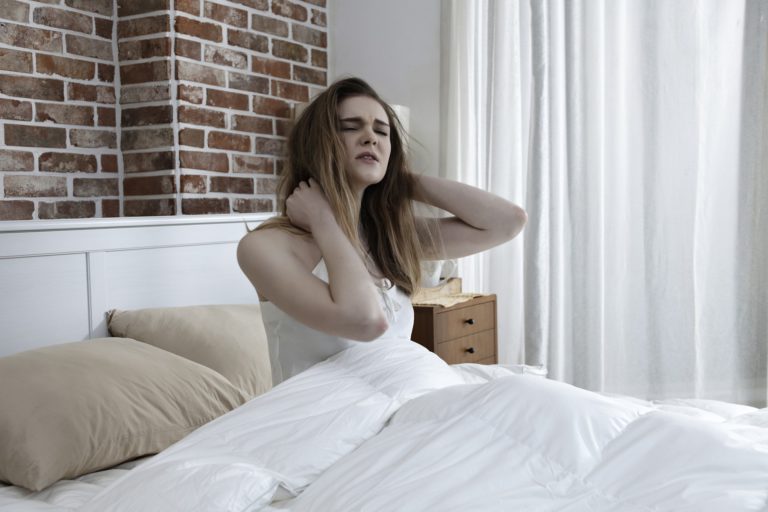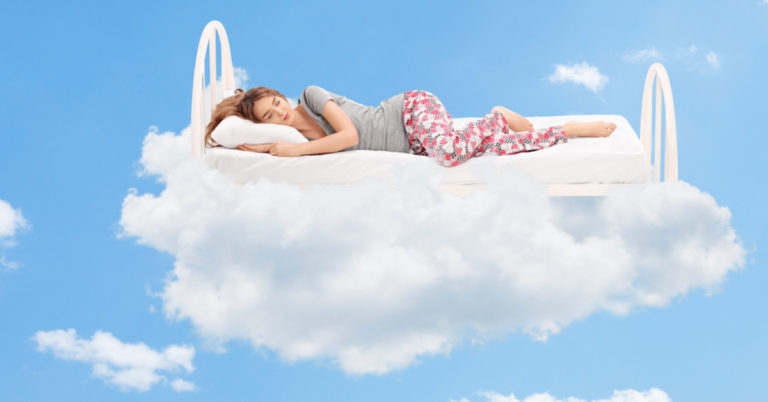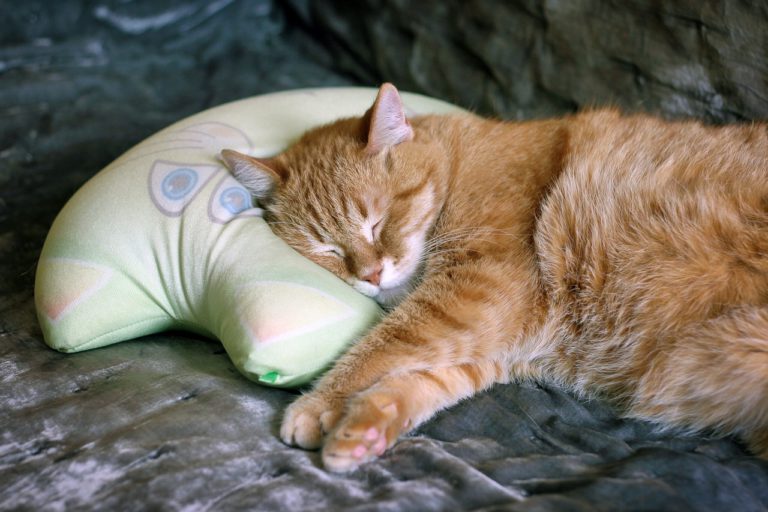By Jo Joiner
Since the invention of the innerspring mattress, way back in the early 1870s, sleepers have been struggling with this question: which mattress firmness should I buy? There are so many theories out there, it can be confusing. To clear things up, we’ve drawn on Dreamland’s knowledge of mattress construction and customer satisfaction to produce this guide to buying the right firmness for you. It’s not an exact science, because everyone’s different, but it should make buying your next mattress a bit easier.
What levels of mattress firmness are available in New Zealand?
Some mattress manufacturers use the same innerspring support for all levels of firmness. They simply change-out the top cushioning layers. An exception is Dreamland, who use different gauges of steel for the coils of their pocket springs, depending on the firmness level required. In New Zealand you’ll usually be offered three levels of firmness:
Plush or soft mattress firmness
A ‘plush’ or ‘soft’ mattress has a lot of cushioning. It feels like sleeping on a cloud. You will sink down into the comfort layers like a princess on a featherbed. This type of mattress has several comfort layers of various types of foam (and sometimes other materials) on top of a sprung base. All up, a plush comfort layer could be up to 25mm thick. But it’s more usual to be around 12mm.
Dreamland’s Andromeda Plush goes a step further than foam by including a layer of micro pocket springs in the comfort layer. This increases the feeling of plushness without diminishing body support.
Because they have the thickest comfort layers, plush mattresses are likely to develop body indentations over time. This is perfectly normal. Really thick comfort layers (20 to 25cm) will develop significant indentations.
Medium mattress firmness
This is the ‘middle of the road’ mattress. You could also call it the Goldilocks bed – not too soft, not too firm. The comfort layer on a medium mattress is generally around 10cm thick, so it still has plenty of cushioning. Some degree of body indentation is likely with a medium mattress.
Firm or hard firmness
Firm mattresses can cost less than medium and plush mattresses, because they have a skinnier comfort layer. However, sometimes the firmness of a mattress is increased by using a stronger gauge of steel for the pocket springs. When this is the case, a firm mattress might not cost less. Firm mattresses seldom develop much in the way of body indentations.
Who should sleep on a plush mattress?
Plush mattresses are often preferred by slim people. They are also chosen by people who have trouble with pain at night due to health issues – those with arthritic joints or fibromyalgia, for example. If you always sleep on your side, a softer mattress can help to avoid pressure points around shoulders and hips. And if you feel the cold, a plush mattress will feel warmer, because you sink down into it.
In summary, a plush mattress may be best for:
- Small people who don’t weigh very much
- People with health conditions that cause joint and muscle aches at night
- Side sleepers who are prone to pressure points
- Sleepers who get cold easily at night
- Insomniacs who find it hard to fall asleep
Who should sleep on a firm mattress?
Firm mattresses are often recommended for heavy people who sink down into the bed. Depending on the quality of the mattress, a firm mattress may also offer optimum spinal alignment for people with lower back problems, sleep apnoea and sciatica. And if you’re a hot sleeper, a firm mattress is much less of a warm hug – so you’ll stay cooler at night. Back sleepers and front sleepers are the other groups who sometimes find firm mattresses better. It’s worth noting that if you buy a firm mattress and it turns out to be a bit too firm, you can always add a memory foam topper pad to soften it up a little.
In summary, a firm mattress may be best for:
- Heavier people
- People with specific back problems (always check with your doctor or physio first)
- People with sleep apnoea
- Hot sleepers
- Back sleepers
- Tummy sleepers
- Mattress buyers who want no body indentations in their bed
Who should sleep on a medium mattress?
Medium mattresses are often chosen by people who are worried about selecting a bed that’s too soft or too firm. They’re also used in guest rooms, because they work for most people. And children may find medium mattresses ‘just right’. They are very much the default setting – if you go the medium way, it’s unlikely you’ll encounter a big problem. That said, you can make a mattress softer (with a topper pad) but you can’t make it firmer.
In summary, a medium mattress may be best for:
- People of average body weight
- Children
- Guest rooms
- People who sleep both on their side and their back
- People who can’t make up their mind
How to test a mattress in the store
When you’re shopping for a new mattress, make sure you have plenty of time available. You need enough time to spend 10 to 15 minutes lying on each mattress you’re considering. Bring a book! The aim is to find a mattress that doesn’t cause any sore spots (pressure points). Also, your spine needs to be properly aligned when you’re on your side and back. To see an illustration of optimum spine alignment, check out our back pain article.
Is this the best mattress in New Zealand?
An excellent example of how far innerspring mattresses have come is Dreamland’s Andromeda range, which uses more than 1500 pocket springs in every mattress. Pocket springs are housed in individual pockets, so they can move independently to provide individualised support for each sleeper. Andromeda has 2.5cm springs (top layer for Plush firmness only), 12cm springs (mid layer) and 14cm springs (base layer). Find an Andromeda stockist.
Consult an expert
If you’re still not sure what firmness would be best for you, we recommend you visit a Dreamland mattress retailer. Their sales people are trained up to help with mattress decisions. Find a Dreamland mattress stockist.







